About Us
Researchers + Clinicians
Parents
Interventions to improve outcomes for women with DFM focus on two areas; 1) improving screening and detection and 2) appropriate clinical management.
1. Interventions to improve detection include: fetal movement monitoring devices; maternal fetal movement counting; educational intervention for women during pregnancy including provision of written materials or other forms of communication, mobile phone applications, and media campaigns. Fetal movement counting (where women record the number of movements using a kick chart) has been proposed as a method to improve accuracy of maternal reporting of DFM. Whether monitoring of fetal movements, using any approach, should be undertaken for all women or only those considered to be at increased risk of complications, and whether monitoring should be based on a formal counting method remains controversial.
2. Various clinical strategies are currently in use to improve outcomes for women who have DFM. These include fetal surveillance (e.g. cardiotocography; ultrasound assessment including Doppler studies; clinical and cardiotocographic fetal arousal tests; and various combinations of tests); induction of labour; caesarean section; algorithms for assessment and management; and expectant management.

Level 3, Aubigny Place
Mater Research Institute
Raymond Terrace,
South Brisbane QLD 4101
The University of Queensland Faculty of Medicine